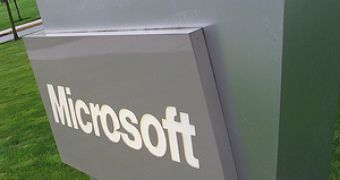Microsoft is ready to settle for nothing but the highest possible standards when it comes down to open source. The poster child of proprietary software by excellence, the Redmond company is flirting more and more with open source, and has pledged to keep within the lines of OSI's Open Source Definition. The Sandcastle project is an illustrative example in this context. Published on the Microsoft open source repository CodePlex under the Microsoft Permissive License, Sandcastle had initially failed to offer the source code to users, and it was removed completely until the problem could be rectified.
"I am very pleased to announce that the Microsoft SandCastle project team has reconfirmed its strong support for the Ms-PL and is preparing to release all source code for the Sandcastle project immediately. This was a non-trivial effort and I applaud them for it. I think these actions demonstrate Microsoft's desire to abide by the OSI's Open Source Definition with regard to source code when releasing open source projects on CodePlex," revealed Sam Ramji, Director, Microsoft Open Source Software Lab.
Ramji explained that Microsoft intends to do nothing less than to fully comply with the rules set in place by the Open Source Initiative. In this respect, acting as an integral part of the open source development process means that the Redmond giant is playing nice with the standards imposed by OSI. One of these standards involves Microsoft making available the source code for all open source projects made available under the Ms-PL license.
"This has also called our attention to our governance and processes on Open Source. Scott Stein (Director of Open Source Programs) led an exhaustive effort across our code hosting properties (...), and found other cases where Microsoft-led projects had been licensed under the Ms-PL but hadn't shared the source. These have also been unpublished and will go through the same review process. What we're finding is that the positive intent and excitement underneath sharing source code is something that exists in teams across Microsoft, and that we have a great opportunity to help more teams build their skills in following Open Source best practices," Ramji added.

 14 DAY TRIAL //
14 DAY TRIAL //